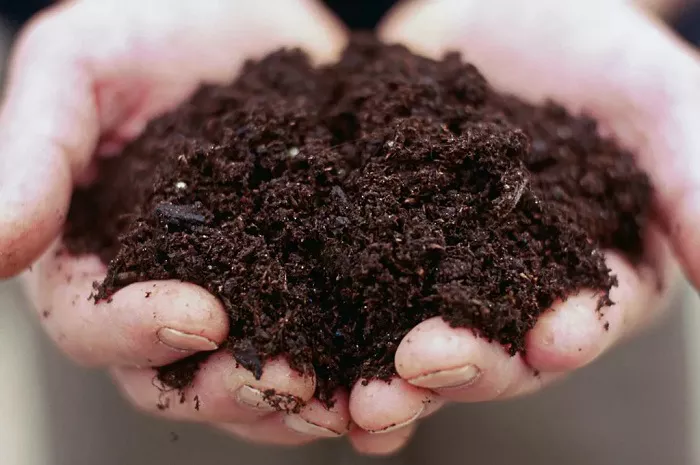As the mercury rises, gardeners are being advised to take extra care to protect the roots of popular vegetables to prevent them from drying out and dying.
With the UK set to experience temperatures as high as 29°C this week, the need to keep fruits and vegetables moist becomes crucial. Higher temperatures and longer hours of sunlight can cause water loss and plant stress, which can be fatal to plants. However, experts warn that over-watering can also be detrimental.
According to Gardeners’ World, the solution is simple: apply mulch around thirsty crops, particularly vegetables such as beans and courgettes, to retain moisture around their roots. Mulch is a mixture of materials, often organic, that helps regulate temperature, retain moisture, add nutrients to the soil, and control weeds.
Mulch can include a variety of materials, such as bark, compost, straw, pebbles, or other hardy substances. Home-made mulches containing manure, old leaves, and grass clippings can also benefit the soil and surrounding wildlife.
How to Apply Mulch
For optimal results, gardeners should apply mulch directly on top of the soil around the plants, keeping it a few inches away from the base to prevent diseases. Adding an extra layer of mulch, such as compost, around the vegetables will help keep the soil moist.
Best Time to Water Plants in June
The optimal time to water outdoor plants during the summer is in the late evening when UV rays are less intense and temperatures are cooler. This allows plants to absorb water before the heat of the day returns.
However, the Royal Horticultural Society recommends watering in the morning, as this is when plants begin to use water. Morning watering also helps keep foliage and soil surfaces drier for longer, reducing the risk of diseases such as mildew and discouraging pests like slugs and snails.


